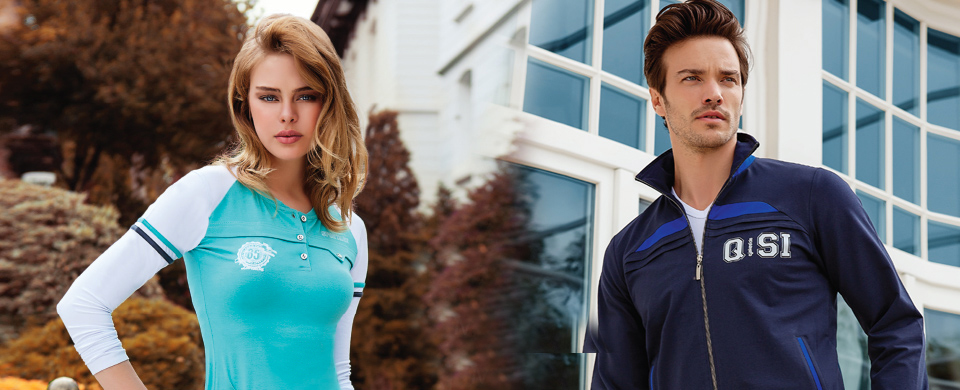
100% COMBED COTTON
The cotton plant fiber is the most commonly used fiber in the world. Combed cotton yarn which is homogenous with a smooth appearance is of higher quality than the carded cotton yarn.
Fabrics made of such yarns are softer, more solid, cleaner, and brighter, as well as have smoother surface appearance.
Combed cotton yarns are used for manufacturing fine structured woven and knit fabrics. The fabrics made from combed cotton yarns are used for manufacturing quality clothes, blouses, shirts, t-shirts, underwear and home textile products.
For manufacturing combed cotton yarns, we use the highest quality local cottons with worldwide reputation, which are clean and easy-to-dye, have a long and fine structure, as well as feature good physical characteristics. The cotton grown in Aegean Region has distinct superior characteristics so they are preferred over the cotton grown in Bergama District. Thus the yarns are ensured to have maximum quality, smoothness, solidness and cleanness.
100% MODAL
Modal made of beech is a completely natural type of fiber with high wet and dry strength. It is extremely resistant against wearing. It has significantly good moisture transfer characteristics.
Fabrics braided or woven with modal yarns have a soft feeling. Thanks to their significantly good moisture transfer characteristics, they provide a comfortable wearing experience in humid climates.
It thermoplastic characteristics and a regenerated cellulosic base so its behavior during treatment process is similar to that of cotton fiber. It has natural whiteness so it does not require processes such as beaching and mercerizing.
It is preferred for textile products which claim to provide comfort and aesthetic, brightness and naturalness.
100% VISCOSE
The raw material of viscose is the beech tree. It consists of cellulose just like the cotton.
Almost no chemical change occurs in the structure of cellulose which is liquefied during viscose production process. In this, the structure of viscose shows great similarity with that of cotton.
Viscose has greater dehumidifying characteristics than the cotton. Under normal conditions, it collects humidity at a rate of -14, and it can absorb water up to 80-120% thanks to its expansion characteristics.
Due to its dehumidifying features greater than the cotton, viscose is suitable for dying and pressing. It also ensures brighter looking colors. Viscose fabrics are elegant and comfortable. The delicate and straight spinning features of the fiber ensure products with soft feeling. It is slippery and compatible with skin. Therefore, it is comfortable and easy to wear. It is used to give brightness effect in fabrics which are required to look bright, as well as in crape fabrics and knits.
It is preferred for manufacturing linings, blouses, shirts, t-shirts, clothes, decoration and women underwear. Viscose fiber can also be used by blending with other fiber types such as cotton, linen and wool.
THERMAL FABRICS
It prevents body heat loss and keeps the body warm. Its natural fibrous structure expels the humidity out. It is soft with not itching and irritating effects. It is flexible and it covers up your body. It is light, and can be used daylong. It is easy-to-wash.

